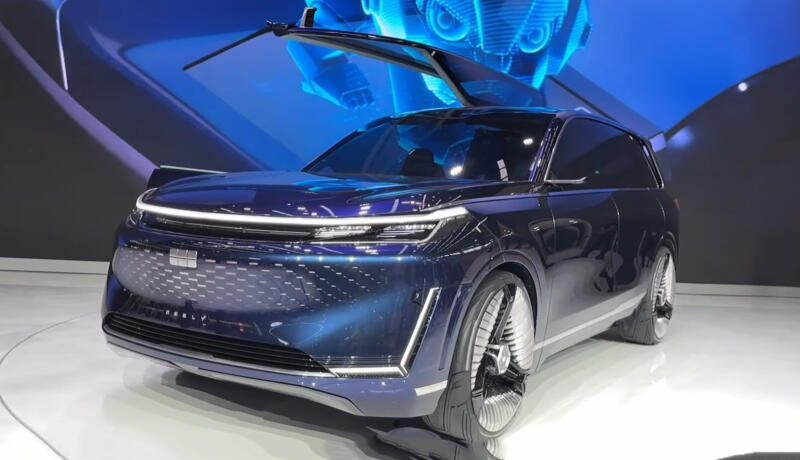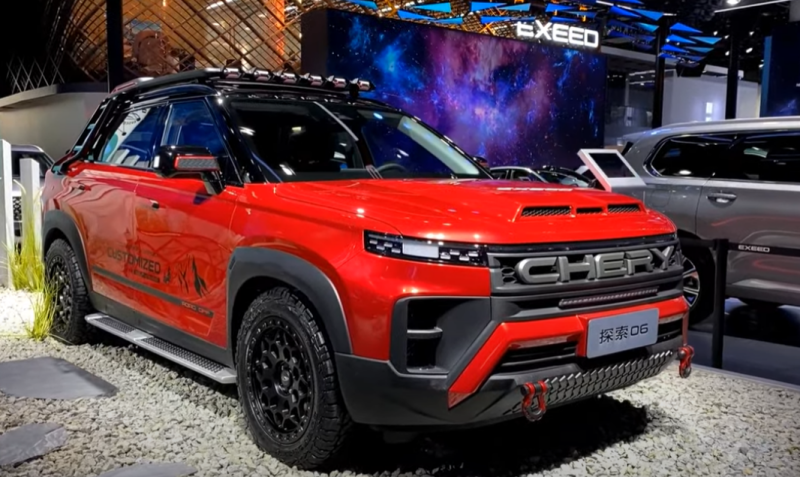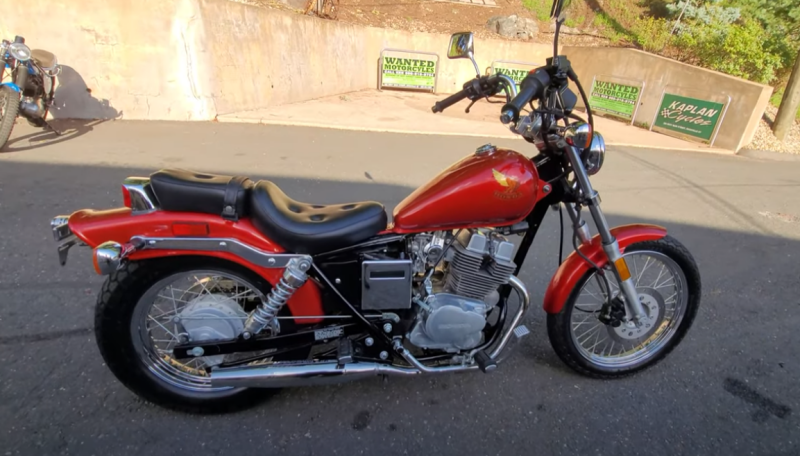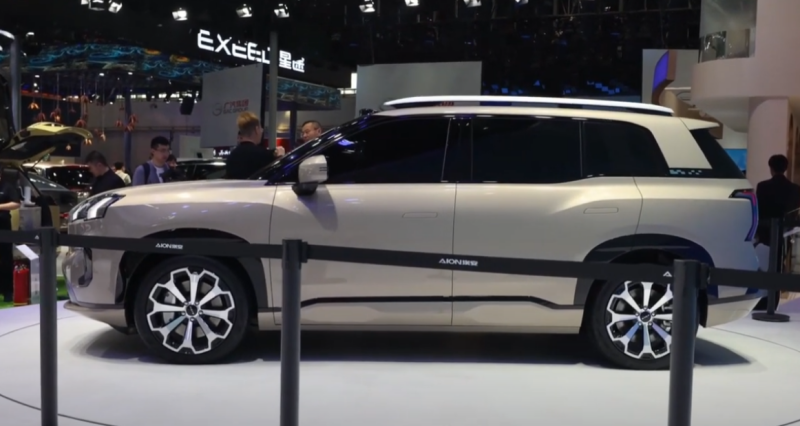The period of such cooperation was very long, and the history of the enterprise itself was even longer. For example, the first electric locomotive was manufactured at the locomotive plant in Pilsen 95 years ago. Released for the needs of the Czechoslovak state roads, it received the factory name 1ELo.
Postwar heyday of electric locomotives
Although the electrification of roads in the country began in 1924 with the Prague railway junction, it was more of a local character. Therefore, the need for electric trains was relatively low. Attempts to transfer service to electric rolling stock concerned only roads connected with the main cities of the country.
The company changed its name many times. Initially known as Skodovy závody, in 1938, due to the German occupation, it became the property of Waffen-Union Skoda-Brünn GmbH. This situation lasted until the end of the war, when the plant was returned to its original name.
 Modified locomotives have a completely modern look. Photo: youtube.com
Modified locomotives have a completely modern look. Photo: youtube.comDramatic changes awaited the industry after the end of World War II. Then electrified sections appeared in the remote industrial Kosice region, and in such provincial cities as Zilina, Presov and Usti nad Labem. Also, since 1953, the consonant prefix “named after V.I. Lenin” was added to the name of the locomotive conglomerate. This time was also the beginning of close cooperation with Soviet customers.
Czechoslovak locomotives for Soviet roads
It all started with the production of a small batch of Kch4 steam locomotives for Soviet narrow gauge railways. This happened between 1949 and 1951. The well-proven transport attracted the attention of Soviet officials, which opened the way for further, already closer cooperation.
By the mid-50s, Soviet railways were in dire need of passenger locomotives. The then available VL19 and VL22 were cargo and, according to their dynamic characteristics, were not suitable for operation in passenger trains. The creation of a new type of electric locomotive was entrusted to Novocherkassk Electric Locomotive Building. But, the heavy workload of current orders did not allow the implementation of the passenger locomotive project, developed in 1955.
 Locomotives of the Soviet period are still working in many countries. Photo: youtube.com
Locomotives of the Soviet period are still working in many countries. Photo: youtube.comAnd then they remembered the Czechoslovak comrades. The conclusion of the supply agreement led to the fact that already 2 years later the first two locomotives arrived in the USSR, which received the ChS1 index. In order for the electric locomotive to meet Soviet requirements, SA-3 automatic couplers were installed on it. In addition, it was equipped with:
✅ pantographs on brackets
✅ crane driver
✅ driver's cab with insulation elements
It was decided to conduct experimental trips of Czechoslovak locomotives on the Moscow-Serpukhov section. After that, they were transferred to the Kursk direction. Since 1958, the operation of passenger trains has begun on the Moscow-Kalinin section. Passenger trains showed excellent dynamics. The train could overcome an 8% rise, accelerating to 85 km / h, and on long flat sections of the road it showed a speed of 108 km / h. Although, in general, the ratings were positive, a number of small comments were identified, which were forwarded to the manufacturer.
Since 1959, the serial construction of Skoda for Soviet railways has begun. In the same year, 15 locomotives were exported, and in the next year their number exceeded 100 units. Since 1960, the production of a new modernized ChS3 series has begun.
A year later, the number of cars in this series reached 87 pieces. The first were used on one of the important directions of the allied roads: Moscow-Kharkov-Ilovaisk. After that, the locomotives were sent to the Trans-Siberian Railway, where they worked until the period of the collapse of the USSR. Local conditions often required their use as a separate transport unit. For this, the locomotives were converted into electric locomotives. From the working area of the body, the equipment was transferred to the roof or under the body. In the vacated space, an impromptu passenger compartment was equipped for railway personnel.
The most famous locomotive from Pilsen
Although thousands of Czechoslovak locomotives of several series and modifications traveled on our railways, one of them became the personification of the era. Tests, which began back in 1958 and lasted for three whole years, led to the serial production of a new series of locomotives. After eliminating some of the shortcomings, the production of an electric locomotive of the ChS2 series was started. It continued until 1973, and during this time 942 vehicles of this series were delivered to the USSR. His technical performance was very good for its time:
✅ hourly power - 4200 kW
✅ coupling weight - 120 tons
✅ maximum speed - 160 km / h
✅ voltage - 3000 V
Serial production, which began in March 1962, led to the appearance of new head locomotives on the routes of fast trains. They were very fond of Soviet citizens, as evidenced by the warm nickname “Cheburashka” received by electric locomotives for their original appearance. Interestingly, in one of the episodes of the cartoon about the character of the same name, where the song about the blue wagon is performed, the passenger train is driven by a locomotive very similar to ChS2.
After 2 years, 7 electric locomotives were produced for operation on the European railway track of 1435 mm. It was planned to use them in the border areas, on the Lviv railway. Given the mountainous terrain, the locomotives received 1:2,27 traction gearboxes, which reduced their maximum speed by 40 units, but significantly increased the traction force. But, they did not take root and after 3 years they were converted by the manufacturer into a classic model.
 Judge for yourself whether he looks like a Cheburashka. Photo: youtube.com
Judge for yourself whether he looks like a Cheburashka. Photo: youtube.comThe best way to judge people's love for ChS2 is his participation in such cult Soviet films as "Gentlemen of Fortune", "The Adventure of Italians in Russia", "White Bim Black Ear", "Station for Two" and many others. At the same time, he also turned out to be an amazing long-liver. Even now, almost half a century after the completion of the release of the series, ChS2 continues to be operated in Russia and neighboring countries. For example, 16 such electric locomotives are assigned to the depots of Barabinsk, Samara and others. Even more of them survived on the railways of Ukraine.
New modifications from Skoda
In 1962, the Pilsen designers began work on the design of a new six-axle locomotive. After 3 years, he entered our country for testing, where he received the ChS4 index. Its maximum speed reached already 180 km / h, but the story has become shorter. For 7 years, 230 cars were sold to the Soviet Union, since 1973 they were replaced by the ChS4T modification.
The next factory series ChS5 became a prototype of 1965, which was produced in only two copies, never reaching serial production. The first eight-axle locomotive ChS200 became the fastest Skoda electric locomotive. In 1974 and 1979/80, 30 electric locomotives were produced, designed for operation in areas with increased speed. In particular, on the Leningrad-Moscow line, a locomotive was needed that could reach speeds of more than 200 km/h. ChS200 showed a design speed of 220 km/h.
 ChS2 control panel. Photo: youtube.com
ChS2 control panel. Photo: youtube.comThe 70s, which became the peak of the heyday of Soviet industry, demanded greater returns from traction equipment. An increase in the capacity of roads could only be achieved by increasing the number of cars in the formed trains. This also affected passenger traffic, so the question arose of creating a completely new two-section eight-axle locomotive. They became ChS1979, which appeared in 6. All 30 vehicles produced by the plant are still working on St. Petersburg routes.
Curtailment of production and a new direction
The last model was ChS7, made in 1983. Its production lasted until the end of the 90th century, but the workers of the locomotive enterprise faced new realities. Although the products of the Czech factory were in constant demand, and the quality was not satisfactory, Eastern and Central Europe experienced significant political and economic problems in the XNUMXs. The main consumer of Czech products, the Soviet Union, disappeared. Other countries from the former socialist bloc also refused to supply. The emerging market economy dictated its own new laws.
 More modern launcher ChS7. Photo: youtube.com
More modern launcher ChS7. Photo: youtube.comAlthough even today Skoda locomotives can be found not only on the roads of the former socialist countries, but in Portugal and Italy, their production has become economically unprofitable. Now in Pilsen, Czech Republic, they have shifted their focus to the production of urban electric transport and high-speed trains.










